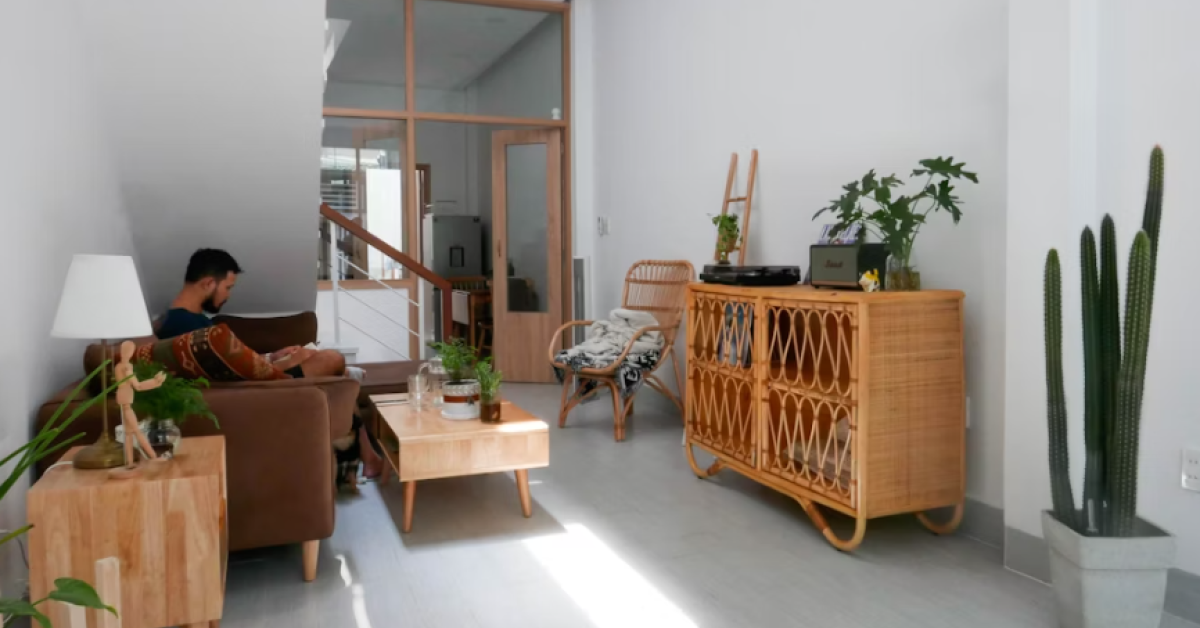Interior Architecture Techniques Balancing Form and Function

brown-wooden-table-with-chairs- A65 Design-https://unsplash.com/
Interior Architecture Techniques Balancing Form and Function
In every great space, there’s a quiet conversation happening — between beauty and practicality, between what pleases the eye and what serves the human experience. Interior architecture lives in that dialogue, turning empty volumes into places that not only look stunning but feel inherently right. It’s not about decoration; it’s about design thinking that breathes purpose into every square meter.
The Philosophy Behind Balancing Aesthetics and Usability
The most compelling interiors don’t scream luxury or minimalism — they whisper equilibrium. Architects and designers pursue harmony where visual appeal and daily function coexist. This philosophy stems from timeless design movements like Bauhaus, which championed the idea that form should follow function, yet never abandon artistry.
Designing for Human Behavior
Great interior architecture studies how people move, think, and interact. It anticipates needs before they arise. Lighting that shifts with natural circadian rhythms, acoustics that calm the mind, furniture proportions that encourage natural posture — each decision is deeply rooted in empathy. Spaces become narratives of human comfort and flow.
Core Techniques for Achieving Form–Function Balance
- Spatial Zoning: Organizing open spaces with subtle transitions — such as flooring texture changes or ceiling height variations — to define purpose without rigid partitions.
- Material Psychology: Choosing materials that align with emotional intent. Natural wood evokes warmth; stone and steel convey permanence.
- Lighting Design: Layering natural and artificial light to shape mood and highlight architectural features.
- Integrated Storage: Concealed cabinetry and multifunctional furniture maintain visual cleanliness without sacrificing practicality.
When Function Inspires Art
Some of the most iconic interiors were born from constraints. Tight spaces inspired modular furniture. Limited light gave rise to inventive skylight systems. Constraints don’t restrict creativity — they define it. Function often becomes the spark that drives new aesthetic languages.
Technology’s Role in Shaping Modern Interiors
Digital modeling tools and virtual walkthroughs now allow architects to test usability before a single wall is built. Parametric design and AI simulations forecast how a space performs under real-world scenarios — temperature, foot traffic, or acoustic feedback. This data-driven precision ensures form never overpowers function.
Spaces that Tell Stories
From boutique hotels in Kyoto to coworking lofts in Berlin, modern interior architecture has become storytelling through structure. Each choice — the curve of a staircase, the angle of sunlight across a floor — shapes the emotional tone of a place. Designers are no longer just stylists; they’re authors of spatial experiences where form and function finally shake hands.
